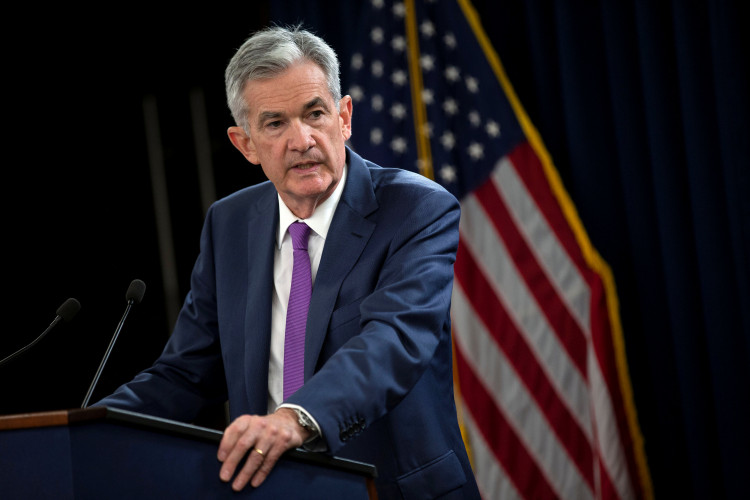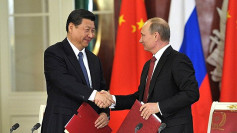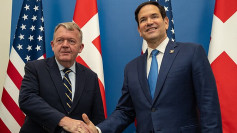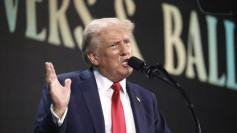The 25 basis point cut to the federal funds rate to be announced by the U.S. Federal Reserve Wednesday is the strongest signal yet the 10 year-long U.S. economic expansion is clearly running out of steam.
One of the major causes of this deceleration that might lead to a recession in 2020 -- Trump's trade war against the world, especially China. The Fed, which is the U.S. central bank, aims to keep the strong but fading U.S. economy on an upward trajectory with the rate cut, it's first since 2008.
Economists agree this rate cut coming at a time of extended economic growth and not weakness is an unmistakeable sign America's economic expansion is about to end.
Signs of U.S. growth decelerating can be seen in the indicators such as weak PMI numbers and GDP growth remaining in the doldrums for most of the past decade.
Analysts said the Fed's target interest rate ranges from 2.25 percent and 2.50 percent, a level which is half the Fed's 5.25 percent level before the Great Recession of 2008. The impending cut will leave the Fed with little room to maneuver in the event of a recession.
The destructive impact of Trump's trade war against the world also led to a huge 5.5 percent fall in gross private domestic investment in the U.S. during the second-quarter GDP. This is the worst decline in this key indicator since 2015 and erased a full percentage point from the final GDP number.
Most economists interviewed by media expect anywhere from one to three rate cuts this year. There is an almost unanimous consensus the first cut Wednesday will be a quarter percentage point.
Major U.S. banks such as Morgan Stanley see a recession by 2020 if the trade war remains unsolved. Any interest rate cut by the Fed, however, won't save the U.S. economy from a recession over the next year, warns Morgan Stanley.
"For now, the path to the bear case of a U.S. recession is still narrow, but not unrealistic," according to Ellen Zentner, Morgan Stanley chief U.S. economist.
Zentner said the current "credible bear case" probability for a recession is about 20 percent. These odds might change quickly depending on how renewed trade talks with China set for July 30 fare.
At the heart of the recession case being made by Morgan Stanley are the intractable trade tensions between the United States and China that stand to trigger layoffs, and a deceleration in consumer spending.
"If trade tensions escalate further, our economists see the direct impact of tariffs interacting with the indirect effects of tighter financial conditions and other spillovers, potentially leading consumers to retrench," wrote Zentner.
"Corporates may start laying off workers and cutting capex as margins are hit further and uncertainty rises."
Taken together, these events will amount to a "large demand shock."
This huge hit will slow U.S. economic growth to negative 0.1 percent in 2020 from a projected 2.2 percent expansion in 2019.






